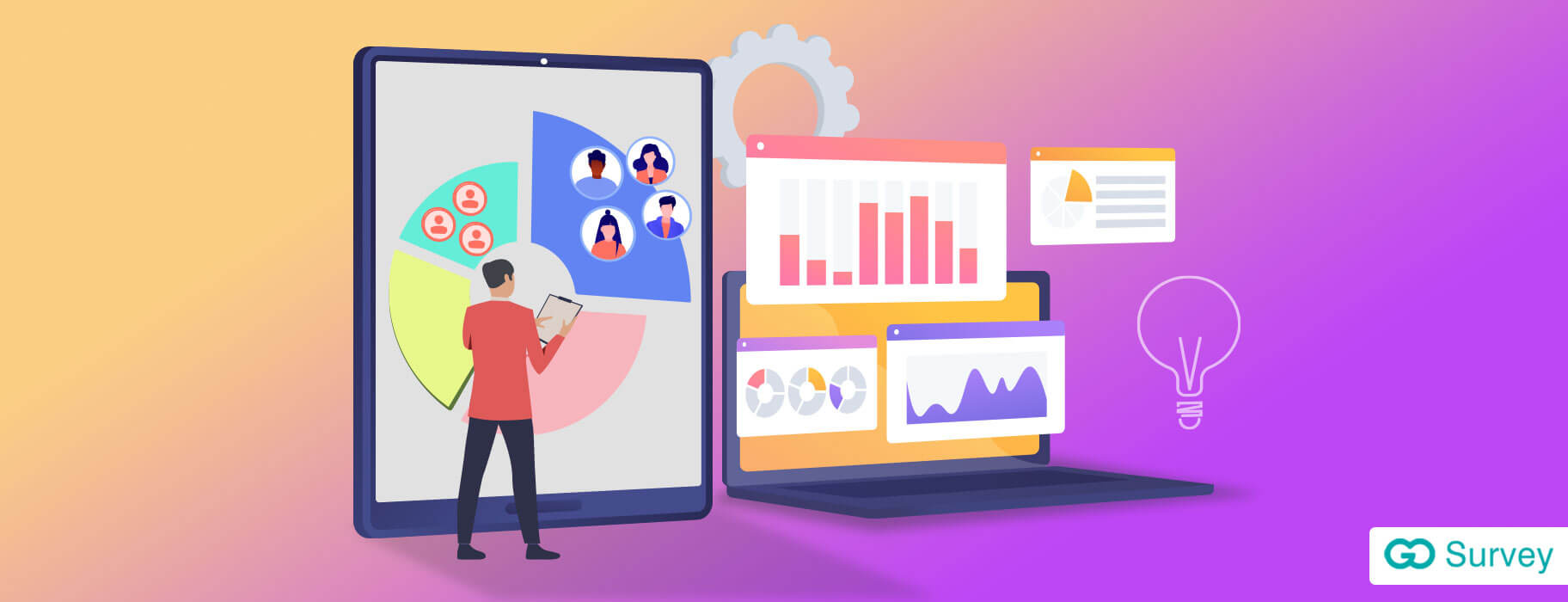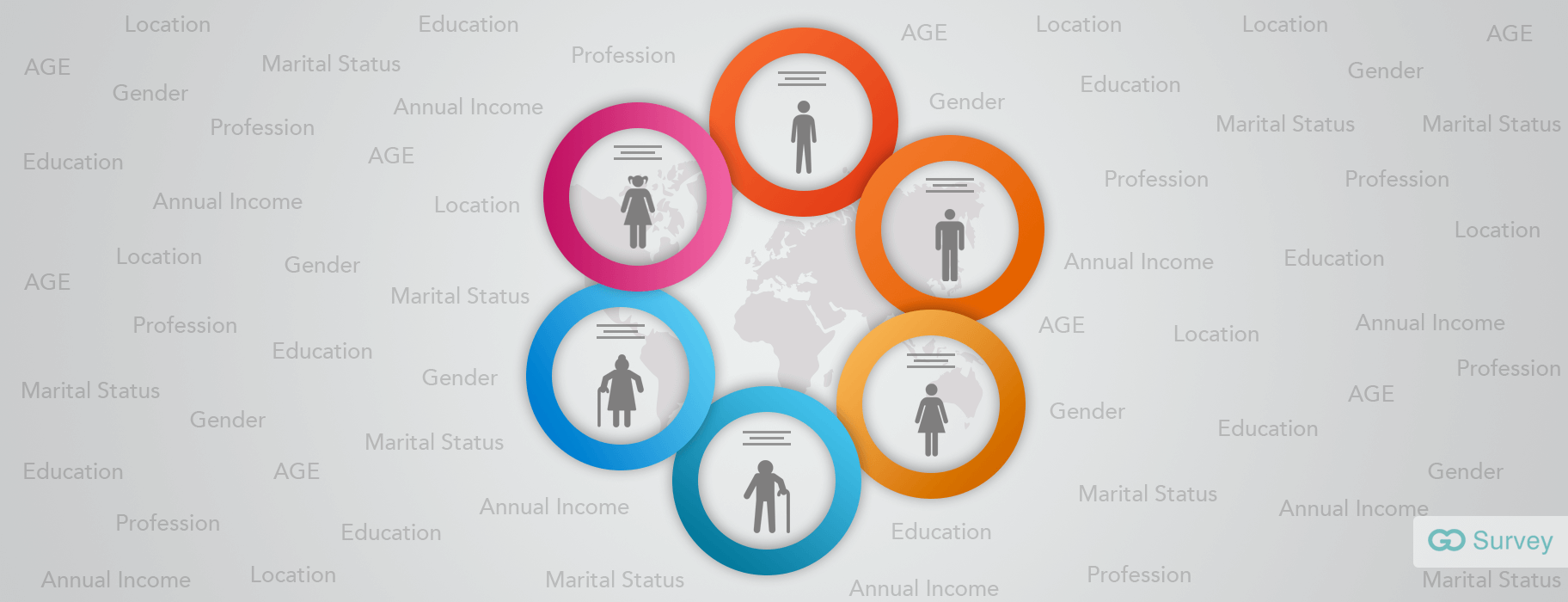Back in 1994, when Amazon had just started their journey, they sold books. Just books. Moreover, they used to sell those books online.
Amazon had a particular target market and an extremely niche audience to serve. The founder, Jeff Bezos, took four years to establish Amazon as a successful organization by catering to a well-defined target audience.
What strategy did Amazon follow? They invested their time and resources in market research.
Amazon launched product categories like apparel and kitchen items and allowed vendors to sell their products on Amazon marketplace. They overhauled the performance of those products in the market and saw which of them were selling well. Amazon then sold the best selling products on their site, Amazon.com.
After twenty-four years of hard work and extensive market research, Amazon started targeting everyone. Now, they have become "The Walmart of the Internet" which has almost everything for everyone.
When people ask you, "Who is your target audience?" you might have answered once, "we target everyone in the entire world." But the truth is, you can't target everyone. Because if you do so, you are actually targeting no one.
Every company is not Amazon, at least not in the initial phase of their business. Even Amazon started out with just one product and a specifically defined set of audience that could purchase books online.
Hence, you also need to identify a specific audience for your business that is positive towards your brand message and then evolve it with the changing requirements.
"So, who is the target audience?", you might ask.
Before that, there's another question that should pop out of your head - WHAT is a target audience?
Don't worry! We have answered everything here.
What is Target Audience - Definition
A target audience is a group of people that has the potential to purchase your products and services with an active interest in the same. You direct all your marketing messages to these people, post which the people who are convinced make a purchase from you.
How will you know the people who are interested in your products?
The answer is straight - using market research.
And what is market research?
Market research refers to the process of studying your buyer personas, target audience, and customers to understand their interest in your products and services. It determines the success rate of your products among these people.
Although there are many elements of market research, this post focuses on what is the target audience in market research and how to determine one for your business.
Why Should You Research Your Target Audience?
One answer could be - to decide about your product, its pricing, promotion, and positioning in the market.
But is that all? What if your product fails to please your audience for long or your competitor comes up with a better version, replacing you in the market?
Here's where market research comes to your rescue.
Take McDonald's. Their targeted marketing has done wonders in establishing them as the most valuable fast food brand in the entire world. Despite having multiple target markets and audiences, the brand powers unique marketing campaigns for each audience segment.
For example, in the United States, where young children are McDonald's core target audience, marketing campaigns feature Disney Characters and Ronald McDonald, along with play areas and happy meals. Everything helped the brand establish the largest fast-food market share in the country.
However, in 2016, when millennials became the largest generation in the US, it replaced Baby Boomers, and McDonald's had to face a serious decline in their sales. Because Millennials preferred healthy foods, the fast-food brand had to rethink their products.
In response to this change, McDonald's researched the new market and updated their products and services to rise again with healthier, fresher, and tastier menu options.
That's how market research helped McDonald's regain their business and reputation along with bringing better products and services for their customers.
Companies like Twitter, Instagram, YouTube, Apple, Nest, Lego, and many more walk along the same lines to stay relevant to the evolving market.
Here is how you can emulate them.
A Step-by-step Guide to Target Your Ideal Audience Using Market Research
Understand the difference between the target market and target audience
By target audience's definition, you know it refers to people who will purchase your products or services.
Target market, however, is a broad term to define a segment of people for whom you explicitly create products and services. It contains the end-users of your products even if they do not directly buy from you.
How is the target audience different then?
Target audience is a subset of the target market that responds to the marketing messaging you employ to sell your products and services. However, it may or may not be the end-users of your product.
For example, McDonald's Happy Meal product line is for young children (target market). But since children cannot buy themselves, their elders (target audience) shop for them. Hence, McDonald's Happy Meal is for their target market of children and their advertisements promote Happy Meal to their target audience of parents.
Likewise, you need to draw a clear line of difference between your target market and target audience to tailor your product and marketing for the right people.
List the key benefits of your products and services.
Before you find out who is the target audience for your business, answer what you are going to offer them.
Until and unless YOU know what you are creating and what benefits it will provide to your customers, you cannot explain it to them. After all, authenticity lies in realizing what you make and then mastering the art of sales.
If you want to deliver the best while satisfying your customers' needs, do a detailed study of your products and services.
Get clear answers to the following questions:
- What problems can your product solve?
- What needs did your product meet?
- What desires did your product fulfill?
- What benefits will the customers have after purchasing your product?
- What outcomes will your product provide for your customers?
Once you know what your product has, it will be easier to determine the people who need it.
Build comprehensive customer profiles and segment your target market
Now that you know what you're offering, it's time you figure out who is the ideal audience to purchase it from you.
Identify the people who need your products and services by analyzing their demographic and psychographic information.
- Demographics - age, gender, location, income, education, occupation, marital status, and ethnicity.
- Psychographics - Interests, behavior, lifestyles, attitudes, personality, and values.
While demographics form the image of an ideal customer, psychographics demonstrates the reasons behind why they qualify as your target audience. Together, they help you immerse into their decision-making process and the psychology behind it .
Arrange your data in a way that allows you to find trends and patterns in both the sets of information. These patterns will help you spot the similarities between your audiences and categorize them into respective segments.
Create detailed personas for each of the segments and give them a name to design personalized marketing campaigns.
Engage with your target audience for a detailed study
When you have thorough knowledge about your target audience, marketing messaging becomes more specific, and hence, more converting. Use your buyer personas to identify your market research participants, i.e. a group of people that will interact with you to exhibit their characteristics, the decision-making process, challenges, and buying habits.
So, how will you select your participants?
One of the following ways can help you:
- Look for people who have recently interacted with you or purchased from you.
- List people who were actively evaluating your product but didn't make a purchase.
- Reach out to your social media followers.
- Inform your LinkedIn connections, coworkers, former colleagues, or friends about your market research so their acquaintances can qualify as participants.
Now when you have your participant list ready, prepare questions for your research. It can be a 30-35 minute in-person interview, a market research survey, or a focus group. Prepare an outline for the questions specific to the research format.
Take a sneak-peek at your competitors.
Competitor research is one of the best ways to understand your target audience closely. Not only will you get inspiration from them to market your products and services, but you also observe their weakness and overlooked market areas.
Include the following questions in your research:
- What are your competitors offering to their customers?
- What price are the customers paying for your competitors' products?
- What are the features and benefits of your competitors' product?
- Are the customers inclined towards cheap products or value quality over price?
- Will they spend more to avail high-quality products with added benefits?
- What are their customers talking about them on social media?
- What features are they highlighting the most?
- Can you find any weaknesses of your competitors in the reviews?
- Is there anything about their product that you can improve with yours?
Depending on your target market and the target audience, you can prepare your own list of questions for competitor research. The only aim is to emulate their best practices and know your audience more.
The Takeaway
Understanding what is the target audience in market research and its importance in the overall business growth is paramount in actually studying the market. The irony is, you need an audience to conduct market research, and you need market research to find the ideal audience.
However, once you know who you are referring to with your messaging, market research is not a tough affair.









